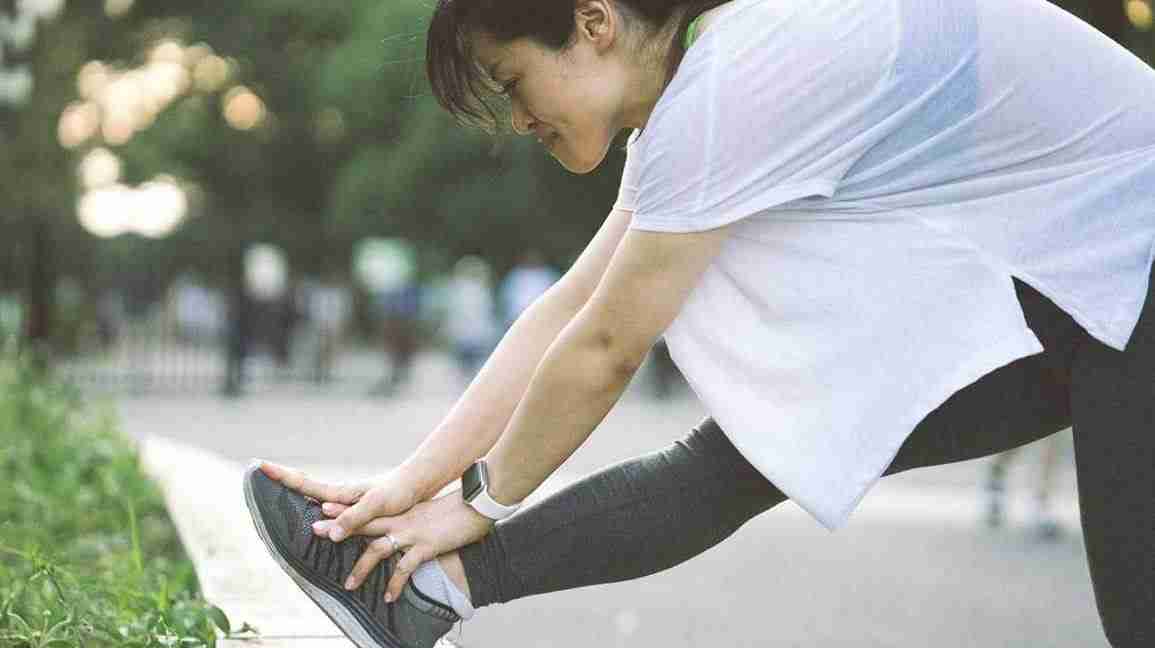Ankylosing spondylitis (AS) is a type of arthritis that causes inflammation in the spine and pelvis area. This inflammation can cause spinal bones to grow together, fusing sections of the spine. The result is back pain and joint stiffness that limits activity and interferes with your quality of life. AS can develop gradually and worsen with age, but relief is available.
Exercise might be the furthest thing from your mind when you’re living with chronic pain and inflammation. Regular physical activity, however, can increase flexibility, improve range of motion, and reduce the pain and stiffness associated with AS.
There’s no cure for AS, but a weekly fitness routine may improve how you feel. Here are four simple activities to incorporate into your routine.
1. Yoga
To relieve joint stiffness caused by AS, engage in activities designed to increase joint flexibility and reduce stiffness. These include low-impact workouts like yoga and tai chi, which don’t put too much strain on your spine or back.
Slowly moving your body into certain positions can loosen your muscles and joints, while improving your balance and posture. Yoga also encourages breath control and meditation, which can help reduce stress and tension.
Incorporate a variety of yoga poses into your weekly exercise routine, such as the Cat-Cow pose. To do this pose, get on your hands and knees on the floor. With your face down and your head relaxed, stretch your back upward toward the ceiling. Hold this position for about 15 to 30 seconds. Relax and return to the starting position.
Next, push your stomach downward toward the floor and your hip upward toward the ceiling. Hold this position for another 15 to 30 seconds. Repeat this pose (and other yoga poses) several times a day to improve joint flexibility.
2. Morning stretching
You should also include morning stretches as part of your exercise routine, especially if you experience frequent morning stiffness and it’s difficult to get your day started.
Stretching may be easier after showering because the warmth of the water helps relax tight muscles and joints.
Once you’re out of the shower, stand with your feet apart and place your hands on your hips. Turn your waist to look at the wall behind you while keeping your feet facing toward the front. Hold this position for five seconds, and then repeat on the other side. Complete this stretch five times on each side of your body.
Another simple stretch involves lying on the floor face down with your hands by your side. Raise one leg at a time without bending your knee. Return this leg to the floor and then repeat with the other leg. Complete five reps per leg.
No matter which one you choose, aim to stretch for about 5 to 10 minutes each day.
3. Cardiovascular exercise
Cardiovascular workouts get your heart pumping and are an excellent choice for AS. But you should avoid high-intensity cardio because it can worsen back pain. Low-impact workouts include light aerobics, swimming, walking, and biking.
Aim for a minimum of 30 minutes of cardiovascular exercise most days of the week. If you can’t squeeze in one 30-minute session a day, break up your activity into 10-minute blocks. For example, take a brisk 10-minute walk three times a day — perhaps 10 minutes in the morning, 10 minutes on your lunch break, and 10 minutes in the evening after dinner.
4. Strength training
Strength training also supports your muscles and joints and helps reduce the pain associated with AS. This doesn’t mean going to the gym and lifting heavy pounds of weights. You can strength train using your own body or with light free weights. Add strength training two to three days a week.
Pilates is an excellent low-impact workout for strength training. It incorporates stretching and endurance, and uses your abdomen, lower back, thighs, arms, and legs to strengthen your muscles and tone your body. Check with a local gym and inquire about Pilates classes, or purchase a Pilates DVD workout for home use.
If you prefer using free weights, start off with 3- or 5-pound dumbbells. Gradually increase the weight as you're able.
Plank exercises are another option for AS. This involves getting into a pushup position with your elbows at a 90-degree angle and then holding this position for 30 seconds or longer. This movement uses your own body weight and helps strengthen the muscles in your core, buttocks, and hip.
Tips for developing a weekly exercise routine
- Consult your doctor. Certain types of physical activity may not be right for you. If you have AS, speak with your doctor before beginning a weekly exercise regimen. Based on your condition, your doctor may recommend certain activities and advise against others.
- Start slow. Because AS affects the spinal joints and causes back pain, too much activity too soon can worsen pain and inflammation. Start with about 5 or 10 minutes a day and gradually increase the intensity as your body adjusts to the new routine. If you’re achy after a workout, allow your joints and muscles to heal before resuming activity.
- Avoid high-impact exercise. High-intensity workouts can worsen pain and inflammation. Stick with low- or no-impact workouts.
- Don’t play contact sports. Contact sports like football might be fun and exciting, but a hit or tackle may worsen spinal pain. If you enjoy competitive sports, participate in activities that don’t involve contact with other players, such as badminton, volleyball, and table tennis.
The takeaway
AS is a chronic condition with no cure. But the right type of activity can improve your quality of life and help manage symptoms. Exercise can increase joint flexibility and reduce stiffness, so talk with your doctor to discuss safe workouts for you.

